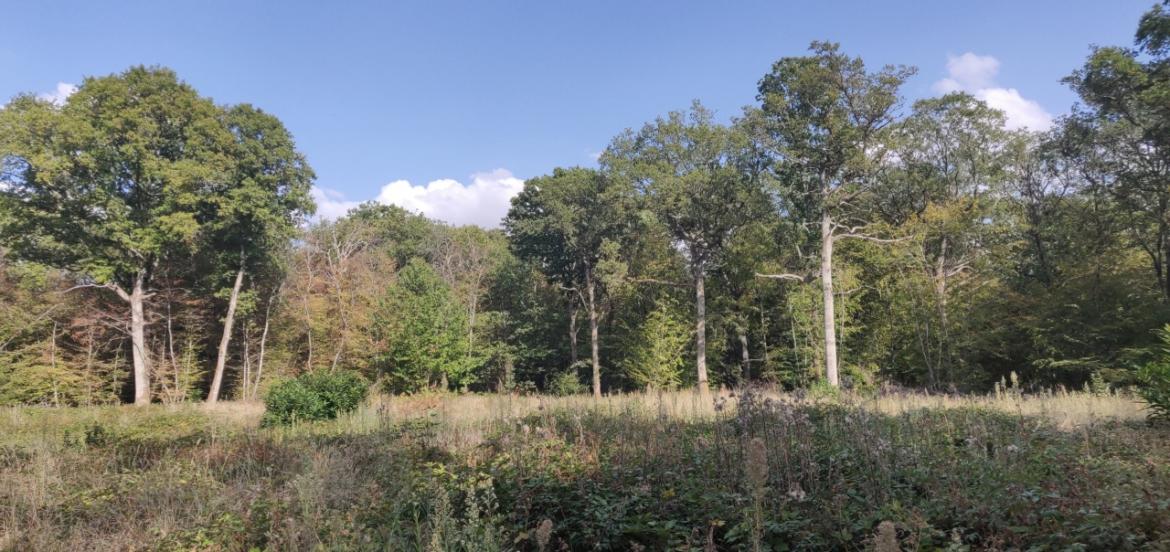How to help trees in the face of climate change ?
The solutions face to climate change may appear limited : adaptations and migrations will depend on genetic characteristics of trees and on the time we have. The issue is that the time necessary to selection and natural migrations is very long regarding the acceleration of rising temperatures.
The forester is in the front row to attend the forest natural evolution. So go out on the field is the first thing to do to observe, see and adopt the right attitude to accompany the forest to a quicker adaptation to changes.
Here is a brief look on techniques used :
Forest monitoring
The forester monitors the forests health, that is he regularly observe the dieback symptoms, estimating dead branches, anormal ramifications, an important loss of leaves. He will also observe the possible necrosis visible on the trunk due to fungi, or traces of other parasitic attacks and particularly those of bark beetle.
Diagnosis of trees health
The symptoms observed should alert, but some traces of stress do not necessarily lead to tree's death. Recognize a dieback, means watch to the reactions the tree will set up to see if the loss of vigour is irreversible or not. A real tree's health follow-up is necessary, at a forest and territorial level. This survey achieved by the Forest Health Departement (DSF) and by the National Office of Forests (ONF) is essential, we will give more details very soon.
Adapt silvicultural work
In forest, la the harvesting allows to reduce trees competition and thus enable a better water supply, improve the stability against the wind and sustaining a regular growth. In a forest stands, we make sure to take action moderately but on a more regular basis, to avoid stressing the healthy trees of the settlement.
This harvesting will improve vitality to resist to parasitic attacks, and bringing a greater biodiversity, especially through providing natural light allowing the developpement of natural regeneration and a vegetation useful to wildlife alimentation and source of biodiversity.
Providing adapted forest regeneration
The forester may regenerate the forest by planting trees of provenance of species better adapted than species already in place.
To this end, he makes a diagnosis of the Forest station (diagnosis of soil and climate) and analyse the vegetation already in place. Based on this analysis, he will decide wether it is necessary to substitute a variety by another better adapted to the forest station conditions.
Diversify species
Mixing several species in a single plantation, or expand a forest with new species will allow reducing risks in cas of a specie dieback. This diversity will also be much more favourable to biodiversity, with some trees particularly appreciated by birds (Rowan-tree, …).
Protecting soils
True pantry for trees, the soil and its condition is a determining factor of the forests health et le receptacle of a big part of biodiversity, and of carbon stored in forest ! It is therefore very important for the forester to well assess the « bearing capacity of the soil », soil compaction risks and toadapt the wood mobilisation methods on a case-by-case basis.
Of course this is just a peek of the measures taken by the foresters to protect the forests form the climate hazards, which will lead to a bigger impact on our forests health.
Those techniques and plants require however big investments, often difficult to achieve, especially in a situation of gridlock and dieback, increasingly intensive on the french territory.

